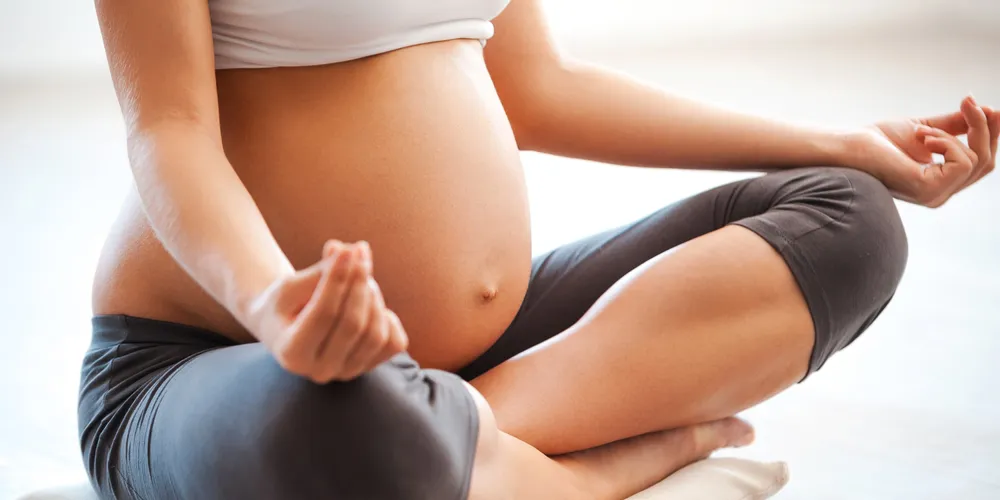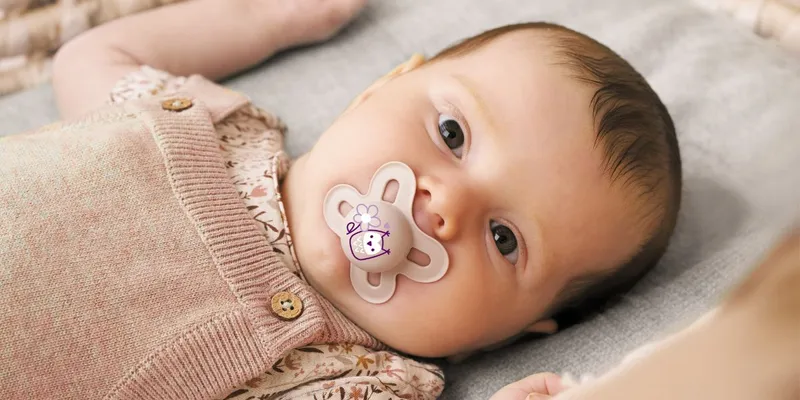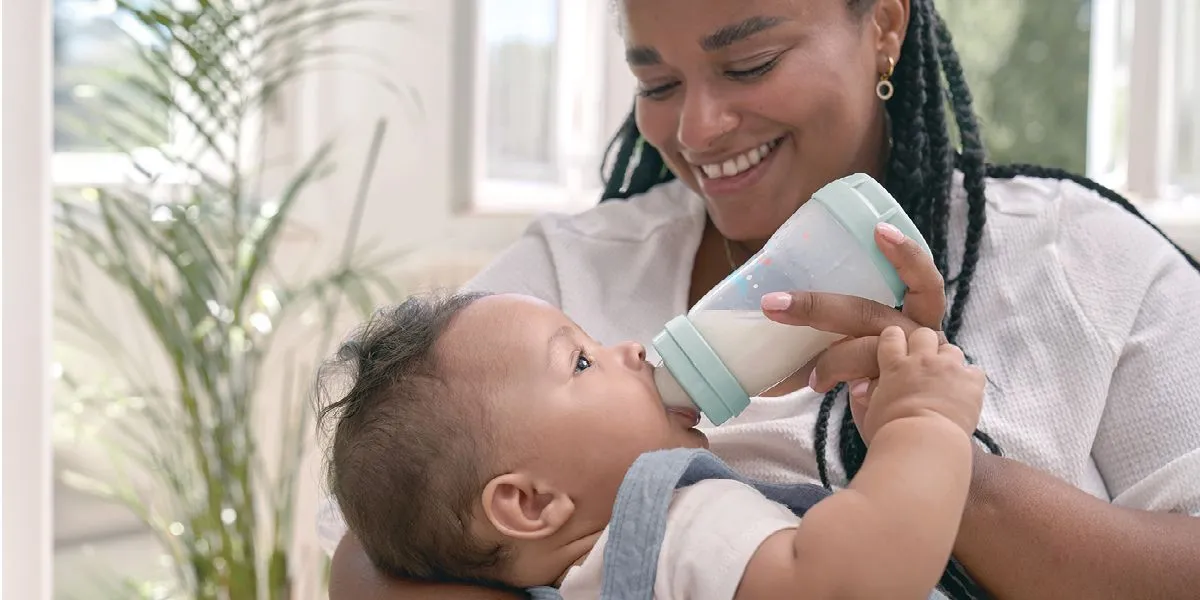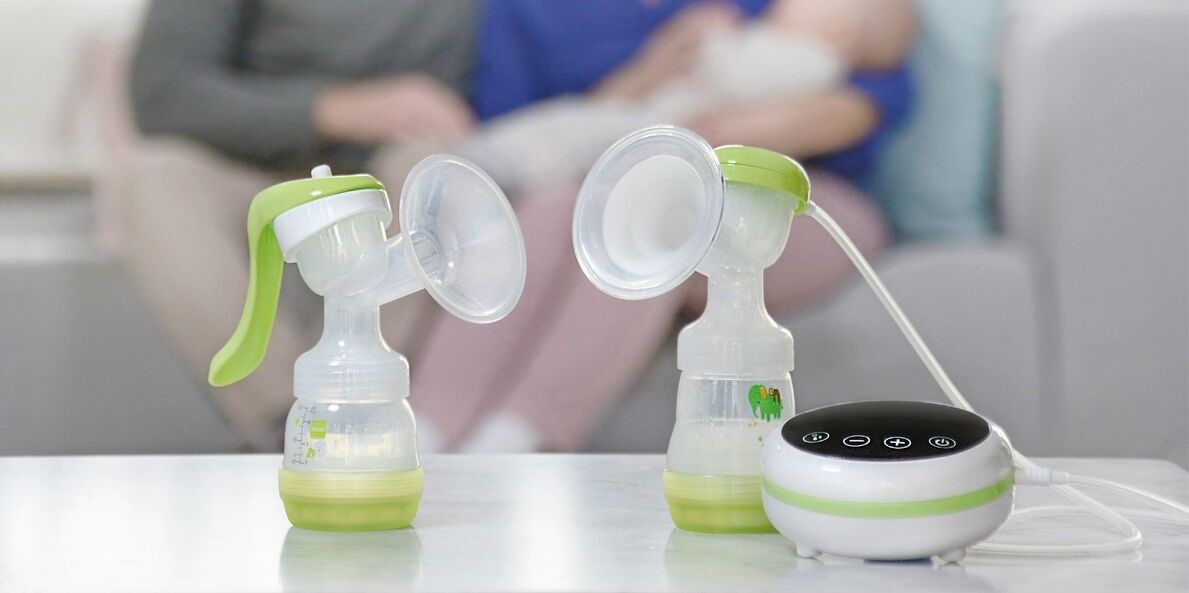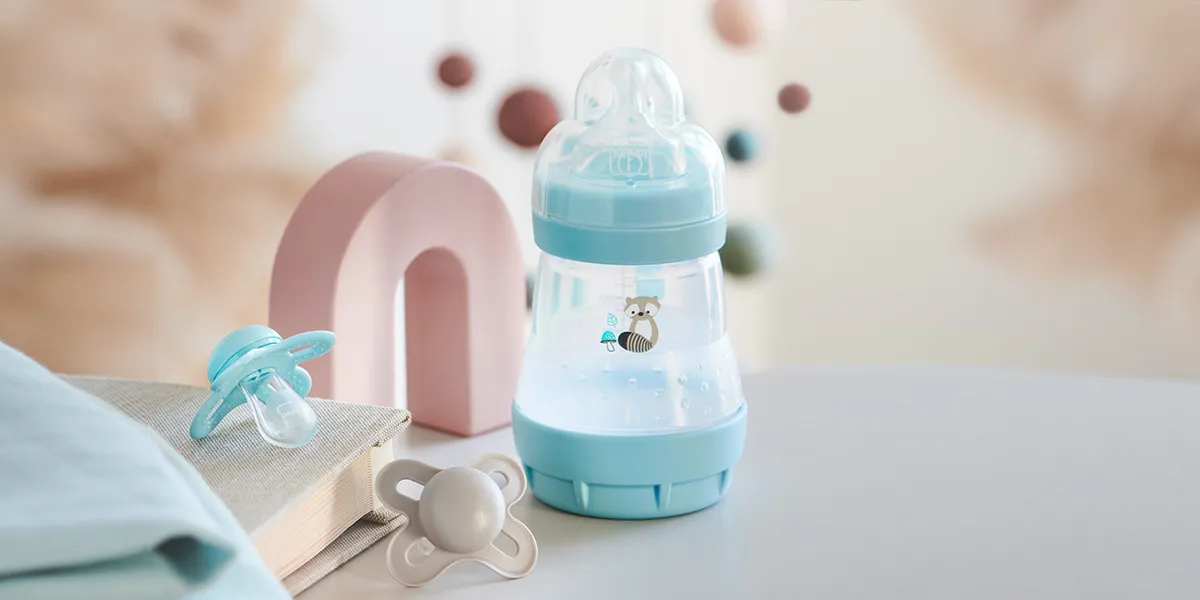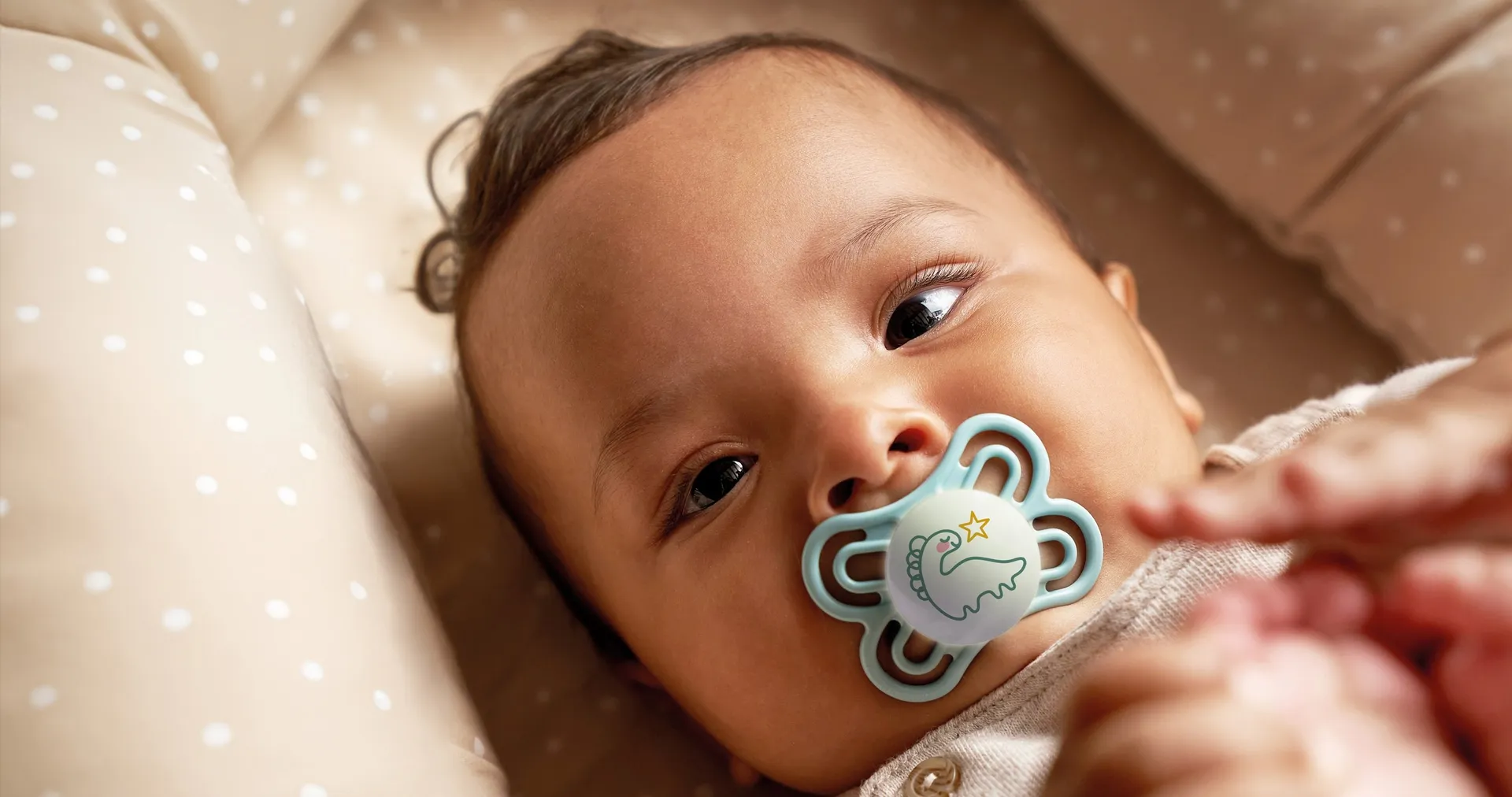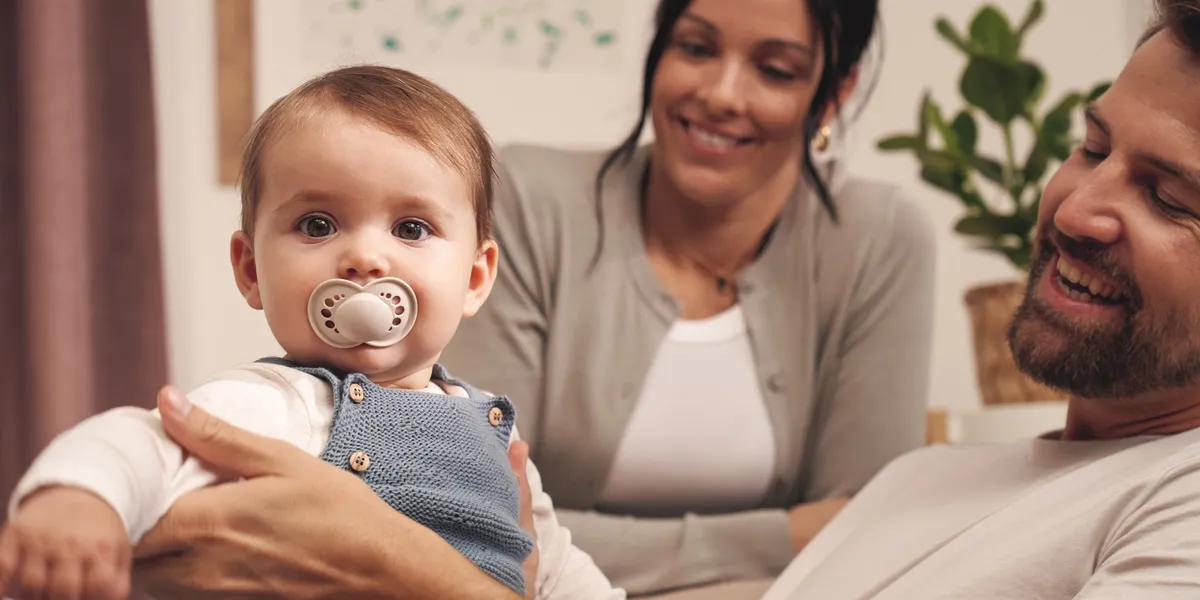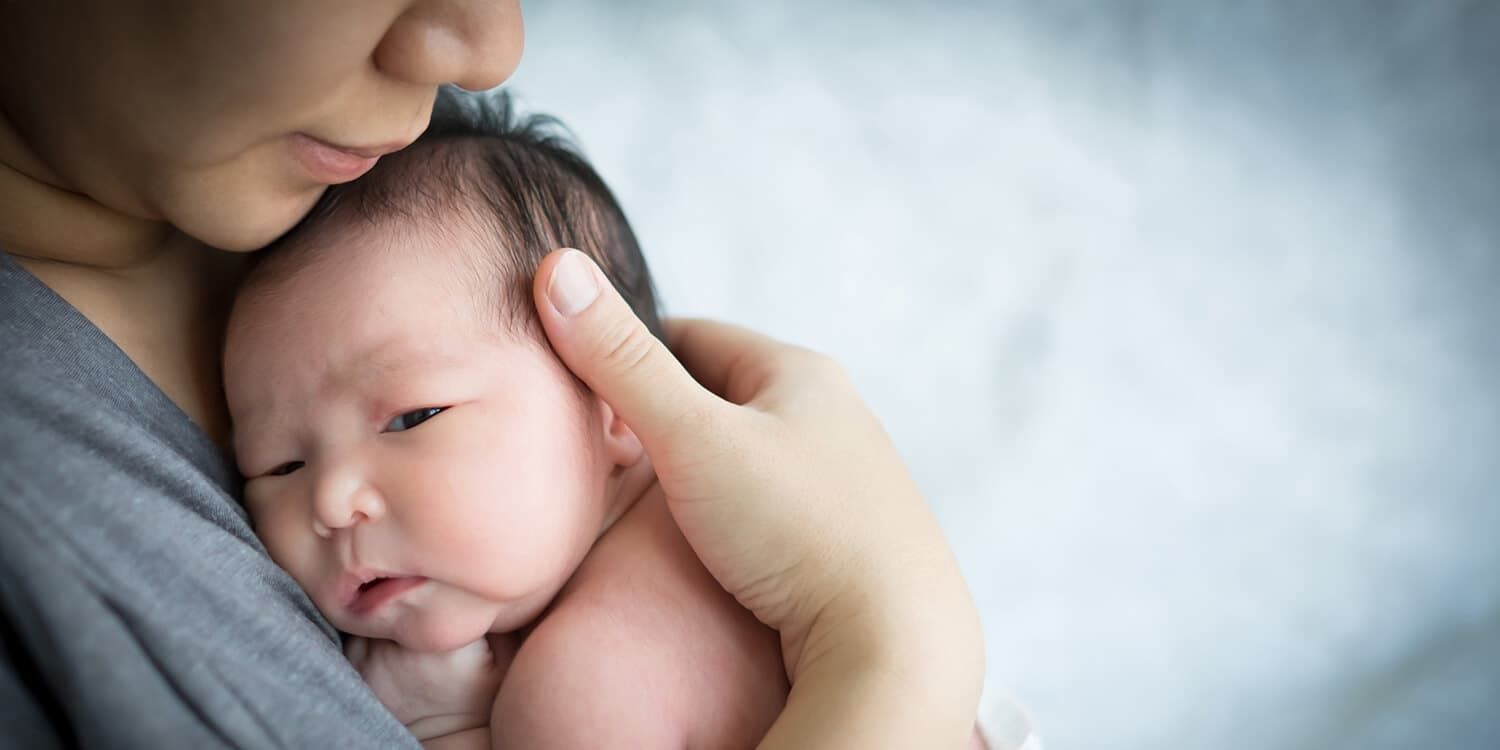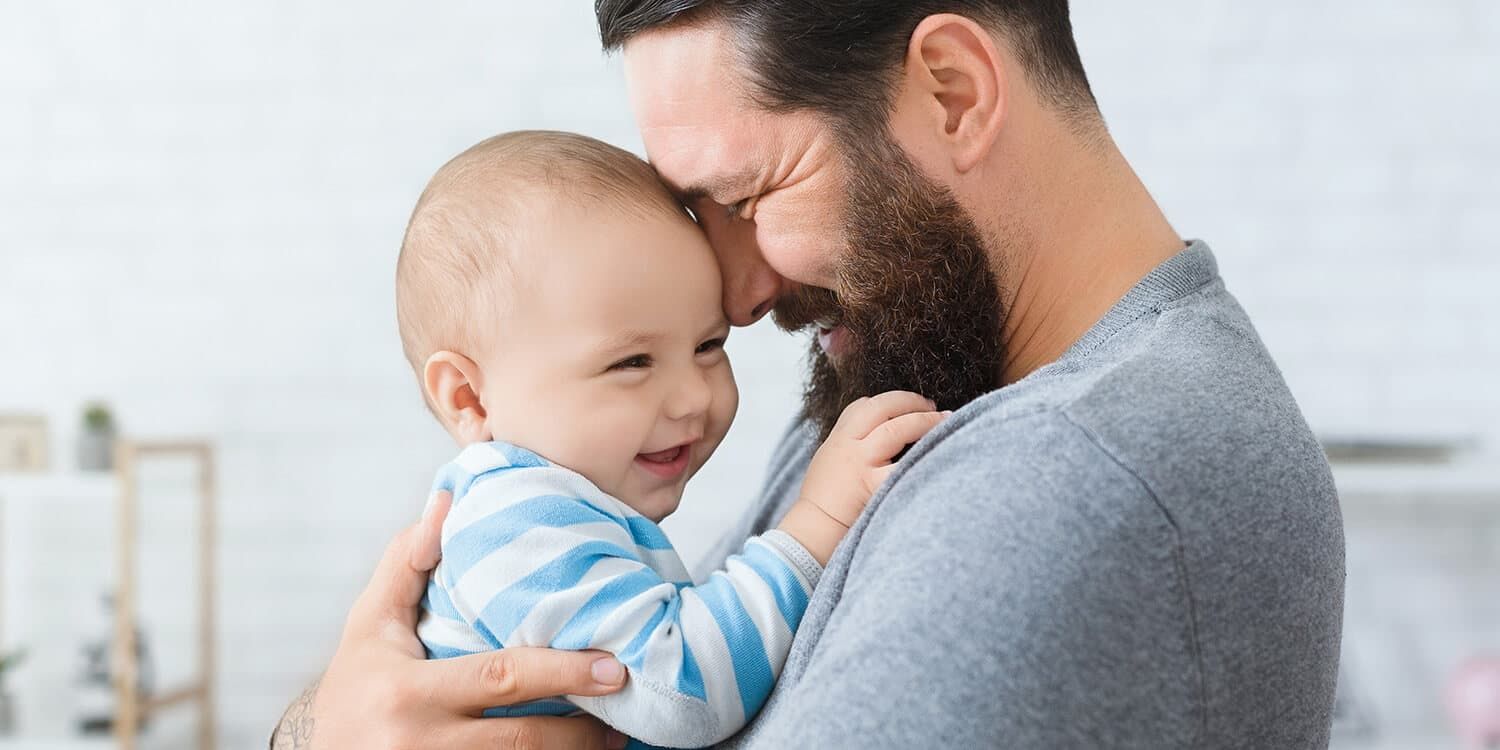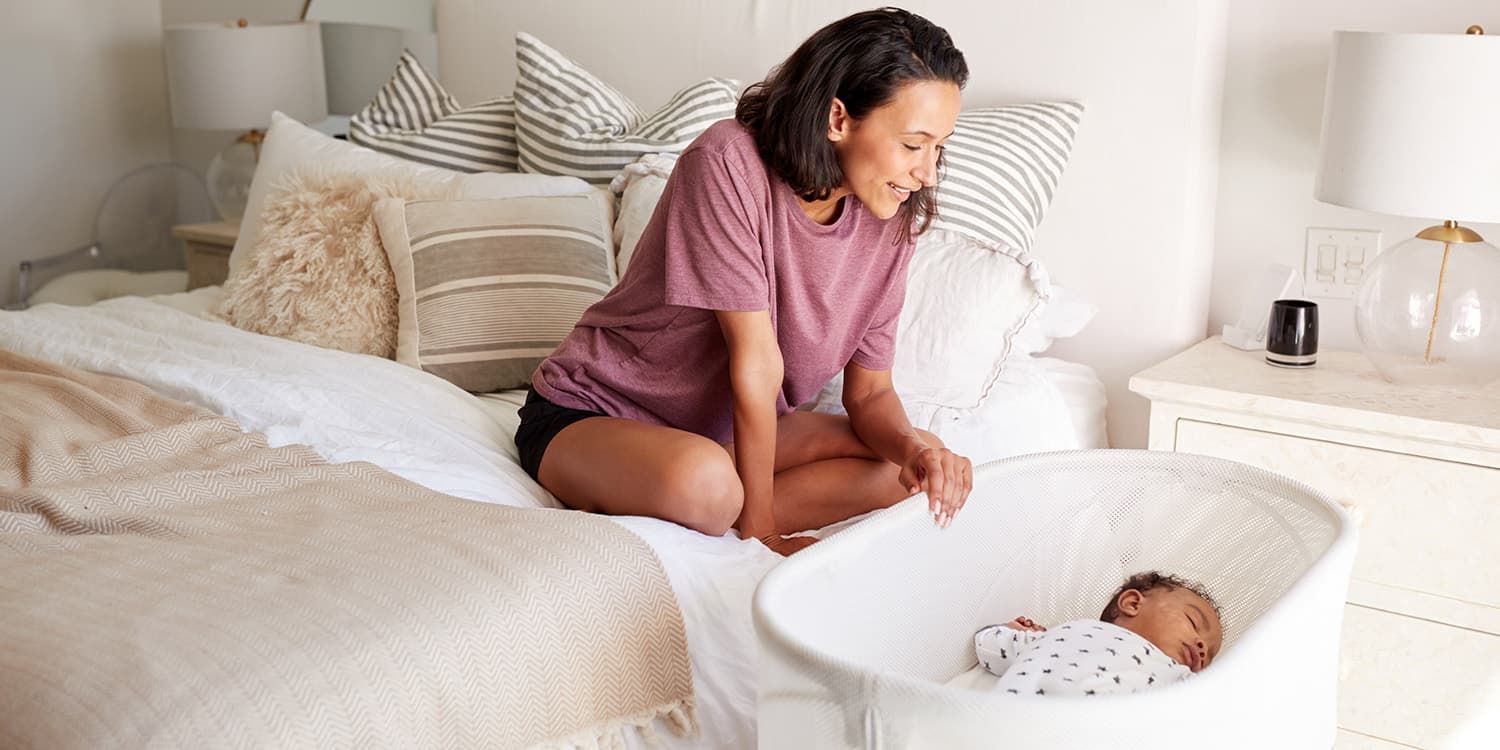Greater balance, well-being, and relaxation: baby massage makes this possible. But are there special things to consider with babies? Should I use oil or not? We have put together the most important information for you!
Babies love gentle touches
Even newborns have a fine sense of touch and perceive their environment in this way. They can tell if they are being held by mom, dad, or a stranger. The acts of holding, cuddling, and stroking strengthen the small body, awaken the senses, and also promote positive psychological development. Studies show that baby massage strengthens the bond between mother and baby. This is particularly important because a good relationship has a lasting effect on a child's character and behavior.
Cuddles are particularly good for babies when they are going through difficult phases, for example with digestive problems or when teething. Even in newborns, positive effects on development are evident. In the first three months of life, many children suffer from so-called infant colic (" three-month colic"). A gentle massage can help to alleviate the discomfort.
The advantages of baby massage at a glance:
- Strengthens bonding
- Promotes mental development
- Skin contact has a positive effect on the health of the infant
- Can ease three-month colic
- Can reduce crying
- Can support weight gain and motor development
When can you start massaging your newborn and what is the best time to do so?
As soon as the navel has healed well, newborns can be massaged daily – usually around 4 weeks after birth.
Full and well rested babies gain maximum pleasure from the massage. About one hour before or after a meal or after a bath is the ideal time for this.
Baby massage step by step
1) Create a pleasant atmosphere: 73.4-78.8°F is the optimum room temperature.
- Stroke outwards with both hands away from the navel
- Circle around the navel in a clockwise direction with one hand
- The "water wheel": one hand strokes counterclockwise above the navel in a semicircle, the other hand strokes clockwise below the navel in a semicircle (see image)
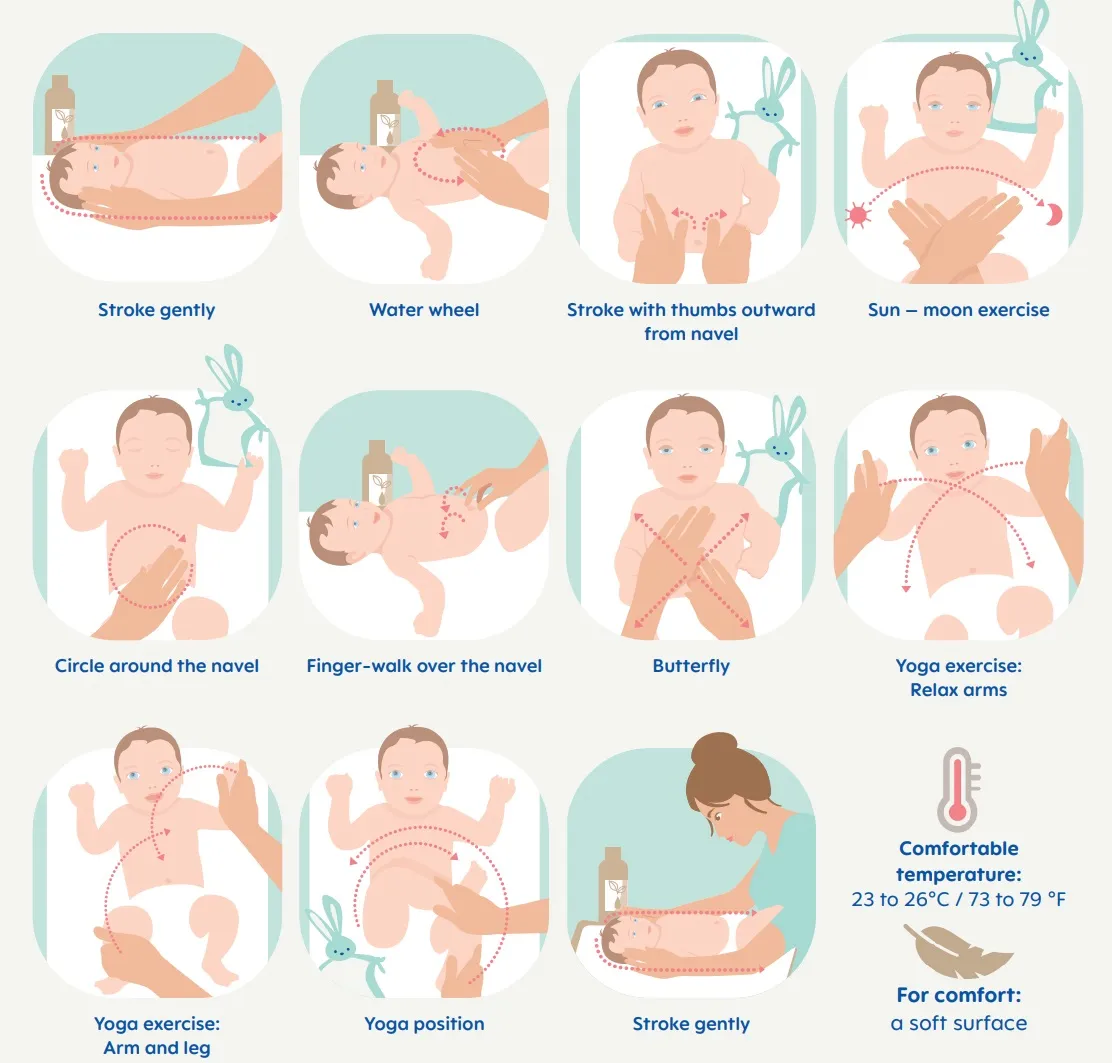
In order to perfectly relax your baby, it is advisable to consult trained baby massage specialists before massaging your baby for the first time. Depending on your area, these may be pediatricians, pediatric nurses, specialists trained in baby massage (course instructors), or midwives. This way you can make sure that every motion hits the spot.
Important: to avoid accidents, never leave your baby unattended even for a moment, for example when massaging baby on a changing unit.
After the massage, a warm microwaveable grain pillow, for example, can extend the spa session. You can wrap your little one in a soft blanket or a towel and have a post-massage cuddle afterwards. Intimate time for two is guaranteed, and colic complaints are quickly forgotten!
Photos: Unsplash
Sources: Babyjahre, Remo H. Largo, Piper Verlag, Munich/Berlin, new edition 2017, p. 75










